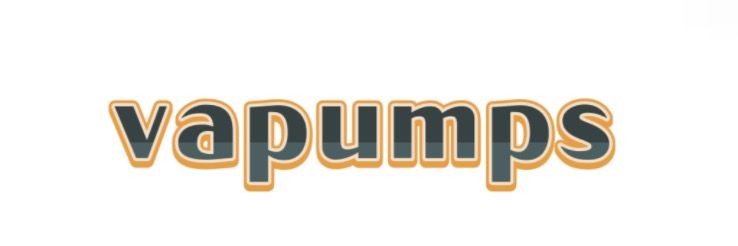Fiber Laser vs. Traditional Cutting: Which is Superior?
When it comes to metal cutting technologies, many manufacturers and fabricators wonder which method is the best: fiber laser cutting or traditional cutting methods. This debate has been ongoing due to the advancements and different applications of these technologies. Below, we’ll answer some common questions surrounding this topic.
If you want to learn more, please visit our website Semi-enclosed Sheet Metal Fiber Laser Cutting Machine.
Fiber Laser vs. Traditional Cutting: Which is Superior?
Fiber laser cutting technology offers several advantages over traditional cutting methods, making it a superior choice for many applications. The understanding of these differences is crucial for anyone involved in manufacturing or metal fabrication.
1. What are the main differences between fiber laser cutting and traditional cutting methods?
Fiber laser cutting utilizes concentrated beams of light to cut through materials, while traditional methods, like plasma or oxy-fuel cutting, involve melting or burning the material. The main differences include:
- Precision: Fiber lasers provide higher precision and cleaner cuts compared to traditional methods.
- Speed: Fiber lasers operate at faster speeds, increasing overall productivity.
- Material Versatility: Fiber lasers can cut through various materials, including metals, plastics, and composites, with ease.
- Operational Costs: While the initial investment might be higher for fiber laser machines, the operating costs are generally lower due to less energy consumption and reduced waste.
2. Why consider a Semi-enclosed Sheet Metal Fiber Laser Cutting Machine?
A Semi-enclosed Sheet Metal Fiber Laser Cutting Machine is a valuable asset for businesses looking for efficiency and safety. This type of machine offers:
- Enhanced Safety: The semi-enclosed design protects operators from harmful laser emissions.
- Improved Work Environment: It reduces noise and the spread of fumes, creating a healthier workspace.
- Efficient Space Utilization: Its compact design allows for better use of floor space in the workshop.
3. What materials can be cut with fiber laser technology?
Fiber laser cutting technology is capable of handling a wide range of materials, including:
- Stainless Steel: Traditionally tough to cut; fiber lasers handle it effortlessly.
- Aluminum: Ideal for lightweight applications and strong structural components.
- Copper and Brass: Laser cutting is often preferred for these non-ferrous metals.
- Plastics and Composites: Fiber lasers can also work with various non-metal materials.
4. Are there limitations to fiber laser cutting?
Despite its many advantages, fiber laser cutting does have some limitations, such as:
- Thickness Limitations: While fiber lasers can cut thick materials, the effectiveness diminishes with certain metals.
- Initial Costs: The upfront investment for fiber laser cutting machinery can be high.
- Operator Training: Skilled personnel are needed to operate these machines efficiently.
5. Which industries benefit the most from fiber laser cutting?
Various industries use fiber laser cutting technology, including:
- Aerospace: For precise and lightweight components.
- To manufacture intricate car parts.
- Electronics: For cutting circuit boards and other components.
- Art and Design: It allows for creativity with metal works.
In conclusion, while traditional cutting methods still have their place in manufacturing, the advancements of fiber laser cutting, especially through machines like the Semi-enclosed Sheet Metal Fiber Laser Cutting Machine, present a strong case for modernization in many businesses. The choice ultimately depends on the specific needs, materials, and budget of the operation.
If you are looking for more details, kindly visit Integrated Laser Cutting Technology China Manufacturer.

